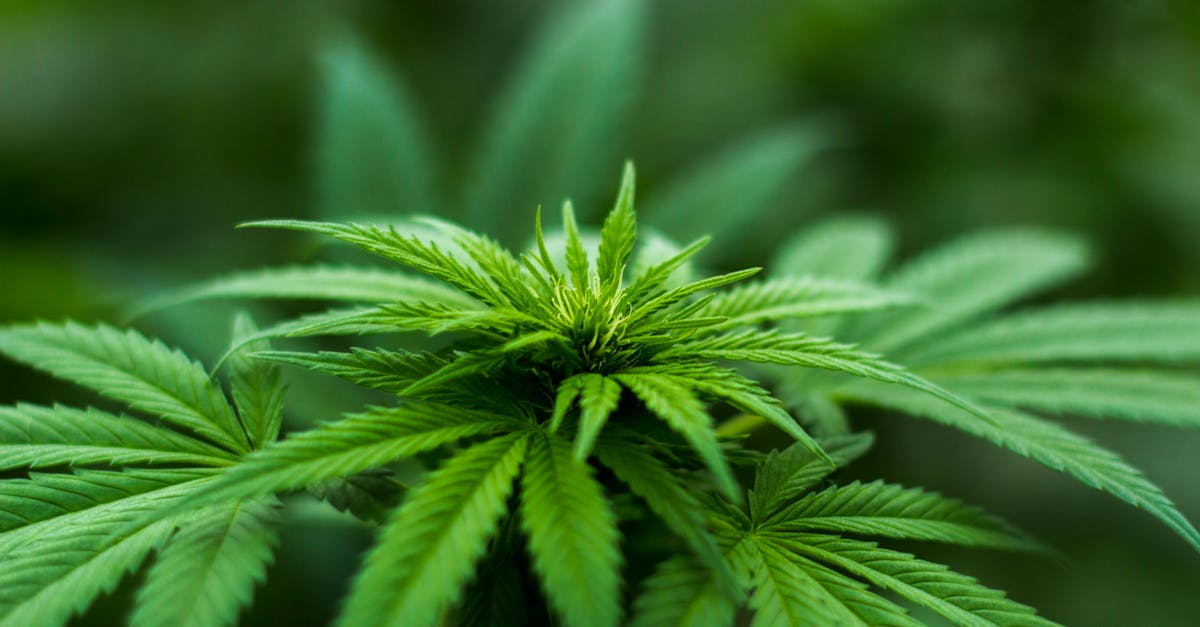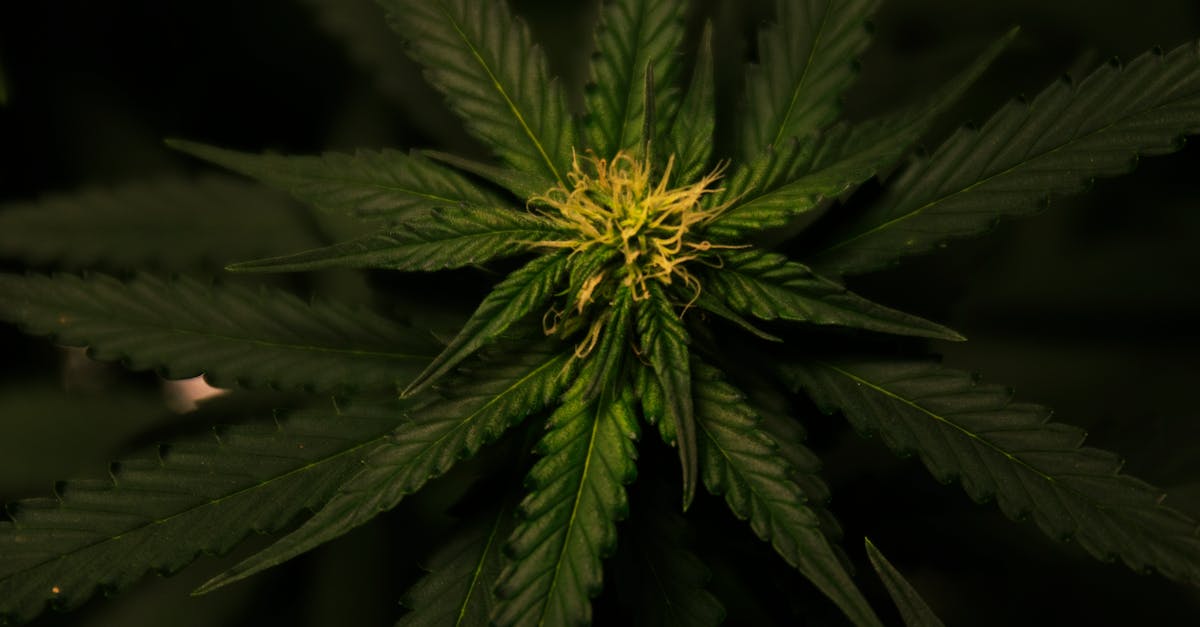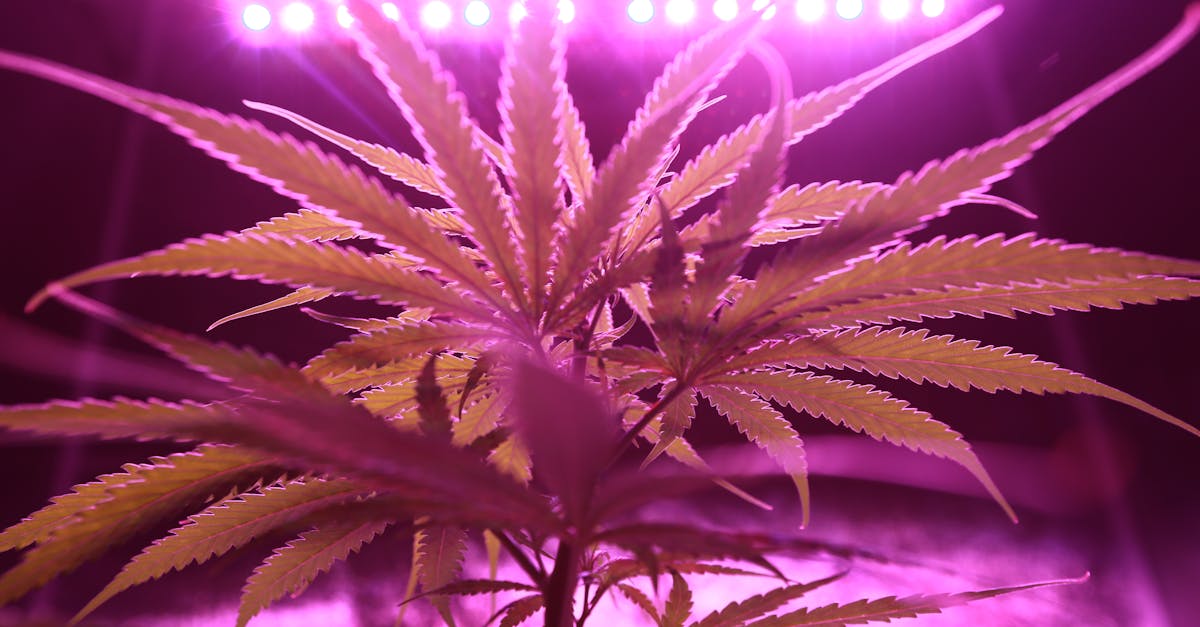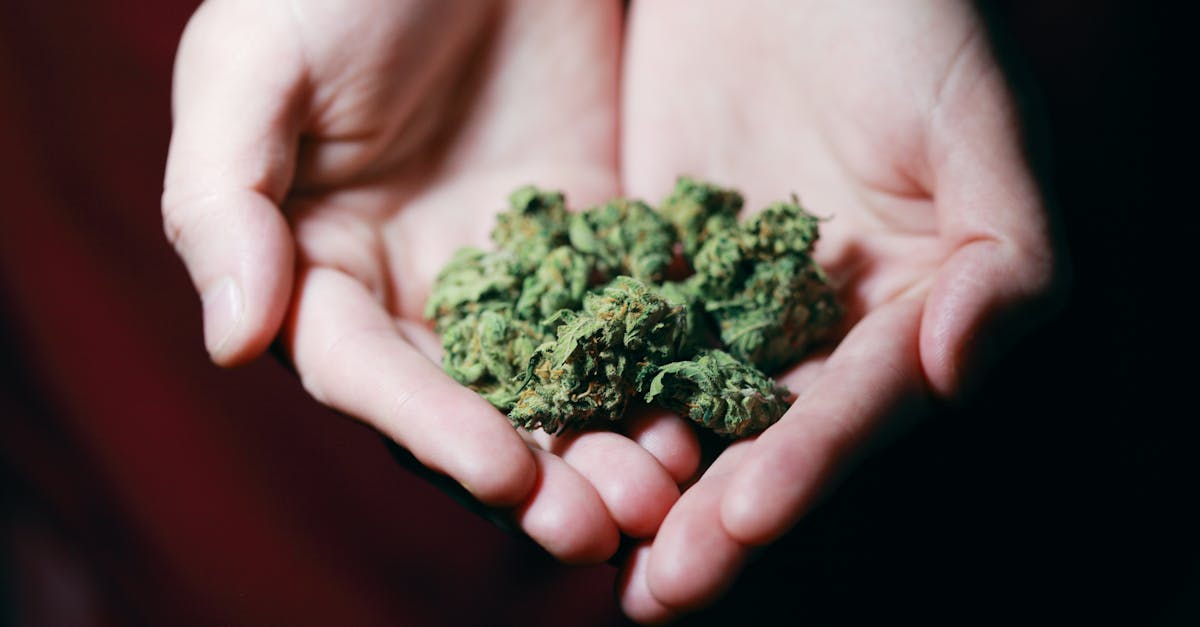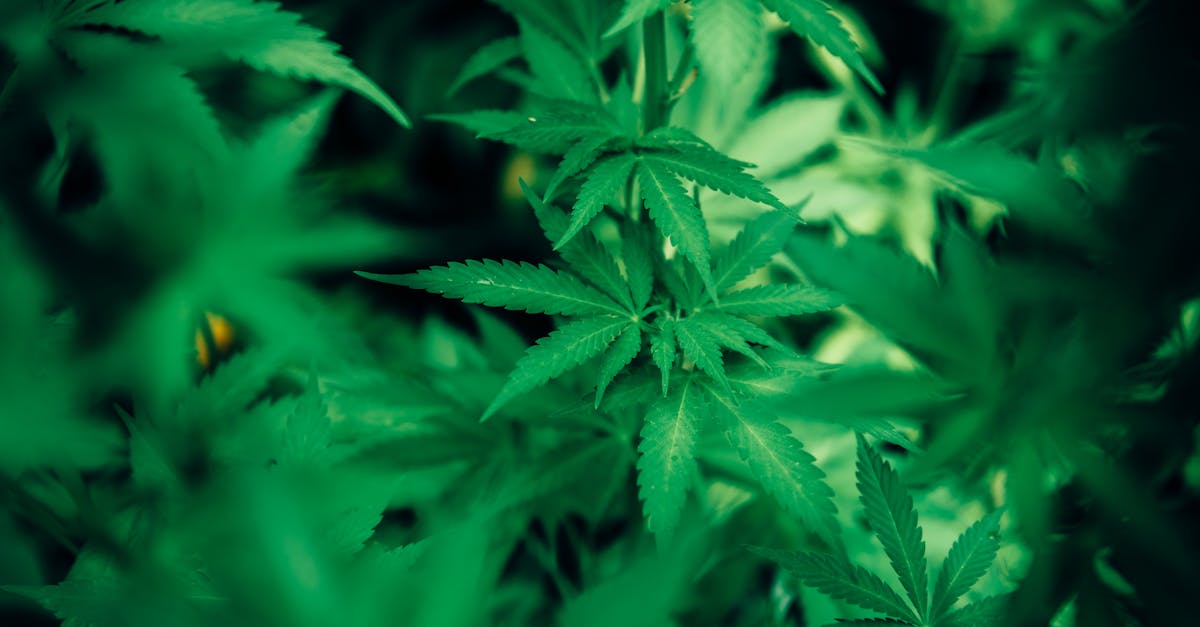
Pollination and Bud Maturity
When it comes to the transformation from bud to flower, the process of pollination plays a vital role. Pollination is a crucial step in the maturity of a bud, as it initiates the growth and development necessary for the bud to eventually blossom into a full-fledged flower. In the case of the Cannabis Flower in Halton Hills, the successful pollination of the bud is essential for its progression towards maturity and eventual blooming.
The interaction between pollinators and buds is a fascinating aspect of nature's intricate processes. Bees, butterflies, and other pollinators assist in transferring pollen from one flower to another, ensuring fertilization and the subsequent maturation of buds. In the context of the Cannabis Flower in Halton Hills, the role of pollinators is instrumental in the journey from bud to flower, highlighting the interconnectedness of various elements in the natural world.
The Role of Pollinators
Pollinators play a crucial role in the transformation of a bud into a flower. Bees, butterflies, and other insects are vital in the pollination process that allows plants to reproduce successfully. In the case of the Cannabis Flower in Norfolk, for instance, the presence of these pollinators is key to ensuring that the bud reaches its full potential and blossoms into a vibrant flower.
Without the assistance of pollinators, many plant species, including cannabis, would struggle to propagate and produce the flowers that are essential for their survival. The relationship between plants and pollinators is a delicate balance that highlights the interconnectedness of nature. In regions like Norfolk, where cannabis cultivation is common, the presence of a diverse range of pollinators is crucial for maintaining healthy plants and ensuring the successful conversion of buds into fully bloomed flowers.
Bud Health and Maintenance
Bud health and maintenance are crucial aspects to consider for the successful transition from bud to flower. When nurturing a bud, it's essential to provide a consistent care routine that includes adequate watering, appropriate lighting, and proper ventilation. Ensuring that pests and diseases are kept at bay is also instrumental in promoting the health of the bud. In Quinte West, growers often emphasize the significance of maintaining a clean and controlled environment to support the development of a robust bud, ultimately leading to a thriving Cannabis Flower in Quinte West.
Regular monitoring of the bud's progress is essential to identify any issues that may arise during its growth cycle. Maintaining a close eye on the bud's development allows growers to make necessary adjustments to the care regimen promptly. By addressing any concerns promptly, such as nutrient deficiencies or signs of stress, growers can help maximize the chances of a bud reaching its full potential and blooming into a beautiful Cannabis Flower in Quinte West.
Ensuring Optimal Growth Conditions
To ensure optimal growth conditions for the development of a bud into a flower, it is essential to pay close attention to factors such as lighting, temperature, and humidity levels in the environment. For instance, in the case of a Cannabis Flower in Bowmanville, maintaining a consistent light schedule during the vegetative and flowering stages is crucial for healthy growth. Adequate lighting prevents stretching and promotes robust bud development. Additionally, keeping the temperature within the recommended range specific to the plant species is vital for optimizing metabolic processes and overall growth.
Furthermore, proper air circulation and ventilation play a significant role in maintaining optimal growth conditions for buds to mature into flowers successfully. In the context of a Cannabis Flower in Bowmanville, ensuring adequate airflow around the plant helps prevent issues such as mold and mildew, which can hinder bud development. Moreover, maintaining the right level of humidity within the growing space is essential for promoting healthy growth and preventing pests and diseases from affecting the plant. By carefully monitoring and adjusting these environmental factors, growers can create an ideal setting for buds to transform into vibrant and blooming flowers.
Seasonal Variations in Bud Conversion
Seasonal variations play a crucial role in the conversion of buds into beautiful flowers. In regions where there are distinct seasons, such as Canada, the transition from bud to flower is a fascinating process to observe. The changing weather patterns, temperature fluctuations, and daylight hours all contribute to the growth and development of buds.
Cannabis Flower in Maple The effects of changing seasons on bud conversion are significant. In the spring, with longer daylight hours and increasing temperatures, buds have the optimal conditions for growth and maturation. As summer approaches, the buds continue to thrive and develop into vibrant flowers. However, as the days shorten and the temperatures drop in the fall, the buds may face challenges in reaching full maturity before winter sets in.
Effects of Changing Seasons
The changing seasons significantly impact the transformation of a bud into a flower. In Newmarket, the transition from winter to spring marks a crucial period for the growth and development of plants, especially the cannabis flower. The longer days and warmer temperatures provide optimal conditions for the bud to mature and ultimately blossom into a vibrant flower. Conversely, the shift from autumn to winter signals a period of dormancy for many plants, leading to a slowdown in the flowering process. Understanding these seasonal variations is vital for ensuring the successful conversion of a bud into a Cannabis Flower in Newmarket.
Moreover, the effects of changing seasons also influence the quantity and quality of Cannabis Flowers in Newmarket. As the seasons shift, fluctuations in temperature, humidity, and sunlight can affect the overall health and yield of the flowers. By closely monitoring these seasonal changes, growers can adapt their cultivation practices to optimize the growth of cannabis plants and maximize the production of high-quality flowers. Ultimately, the interplay between the changing seasons and the cultivation of cannabis plants plays a crucial role in determining the final outcome of the flowering process.
FAQS
Can every bud eventually become a flower?
Not all buds have the potential to bloom into a flower. Factors like maturity, health, and environmental conditions play a crucial role in the conversion of a bud into a flower.
How does pollination affect the transformation of a bud into a flower?
Pollination is essential for the successful transformation of a bud into a flower. It is through the process of pollination that the bud receives the necessary nutrients and genetic material to develop into a fully bloomed flower.
What role do pollinators play in the journey of a bud to becoming a flower?
Pollinators, such as bees and butterflies, play a vital role in the pollination process, transferring pollen from one flower to another. This transfer of pollen is crucial for the fertilization of the bud and its subsequent transformation into a flower.
How can I ensure the health and maintenance of a bud for optimal growth into a flower?
To ensure the health and maintenance of a bud for optimal growth into a flower, it is essential to provide the bud with proper care, including adequate water, sunlight, and nutrients. Regular monitoring and protection from pests and diseases are also important.
Do seasonal variations impact the conversion of buds into flowers?
Seasonal variations can significantly impact the conversion of buds into flowers. Changes in temperature, sunlight, and moisture levels can influence the growth and development of buds, ultimately affecting their transformation into fully bloomed flowers.


